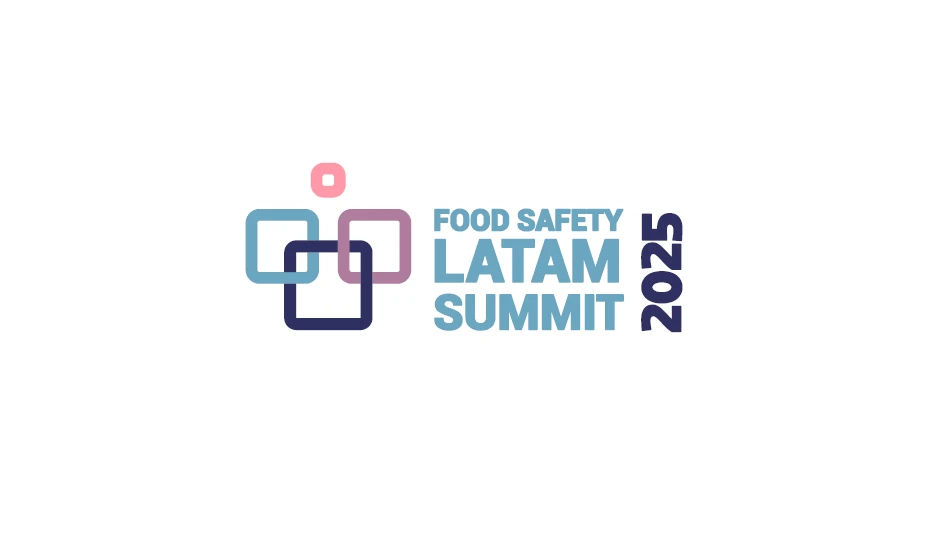
FDA
WASHINGTON, D.C. — This week, FDA released its 2019 Food Safety and Nutrition Survey Report.
The Food Safety and Nutrition Survey (FSANS) is FDA's national probability consumer survey designed to assess consumers' awareness, knowledge, understanding and self-reported behaviors relating to a variety of food safety and nutrition-related topics. The survey findings are intended to help FDA make better-informed regulatory, policy, education and other risk-management decisions aimed at promoting and protecting public health.
FSANS uses an address-based sampling method. A detailed description of this methodology can be found here. The survey population is adults (18 years and older) in the 50 U.S. states and the District of Columbia. A total of 4,398 responses was collected during October and November of 2019.
Find the full report here.
Key Findings
Food Safety
- Consumers think people are more likely to get a foodborne illness from food prepared at a restaurant than food prepared at home — Few respondents (15%) thought it was “very common” for people to get food poisoning because of the way food is prepared at home, compared to 29% who thought it was “very common” to get food poisoning because of the way food is prepared in restaurants.
- Consumers are more concerned about raw chicken and raw beef than raw vegetables or fruit being contaminated — More respondents thought that raw chicken (93%) and raw beef (66%) were “likely or highly likely” to have germs than raw vegetables (9%) or fruit (6%).
- Consumer awareness of germs varies greatly depending on the type of germ — Awareness is high for Salmonella (97%) and E. coli (88%) but comparatively low for Campylobacter (7%) and Vibrio (4%).
- Hand washing practices vary depending on the occasion — Consumers are more likely to wash hands with soap after touching raw meat (76%) than before preparing food (68%) or after cracking raw eggs (39%).
- The majority of consumers own a food thermometer, but usage varies depending on what is being cooked — 62% of respondents reported owning a food thermometer. Usage among those who own food thermometers and cook the food ranges from 85% for whole chickens and 79% for beef, lamb or pork roasts, to 40% for chicken parts, 36% for burgers, 23% for egg dishes and 20% for frozen meals.
Nutrition
- Most consumers are familiar with the Nutrition Facts label — 87% of respondents have looked at the NFL on food packages. The top four items that consumers look for on the label are calories, total sugar, sodium, and serving size. Consumers report using the label most frequently for seeing “how high or low the food is in things like calories, salt, vitamins or fat,” “for getting a general idea of the nutritional content of the food” and “to compare different food items with each other.”
- Consumers are familiar with food package claims — More than 80% of respondents have seen claims such as “No added sugar,” “Whole grain,” “Organic,” “Gluten-free,” “Low fat,” “No artificial ingredients,” “Low sugar” and “No artificial colors.”
- Most consumers have seen menu labeling at restaurants — Most respondents (70%) reported that they have seen calorie information on menus and menu boards. Of those who have seen such information, 53% reported using the calorie information, and most often indicated using it to avoid ordering high-calorie menu items.
Get curated news on YOUR industry.
Enter your email to receive our newsletters.
Loading...
Latest from Quality Assurance & Food Safety
- FDA Foods Coalition Urges RFK Not to Cut More Resources, Staff
- Bird Flu: What FSQA Professionals Need to Know
- Registration Open for 129th AFDO Annual Educational Conference
- Frank Yiannas, Aquatiq Partner to Expand Global Reach of Food Safety Culture
- World Food Safety Day 2025 Theme: Science in Action
- Ancera Launches Poultry Analytics System
- USDA Terminates Two Longstanding Food Safety Advisory Committees
- Catalyst Food Leaders Announces Virtual Leadership Summit for People in Food





